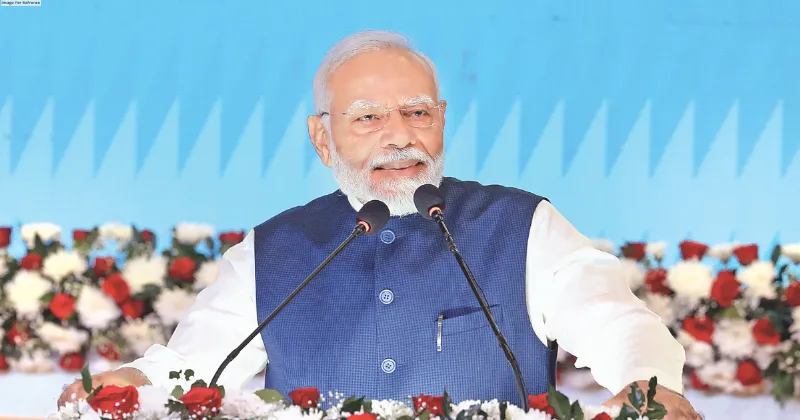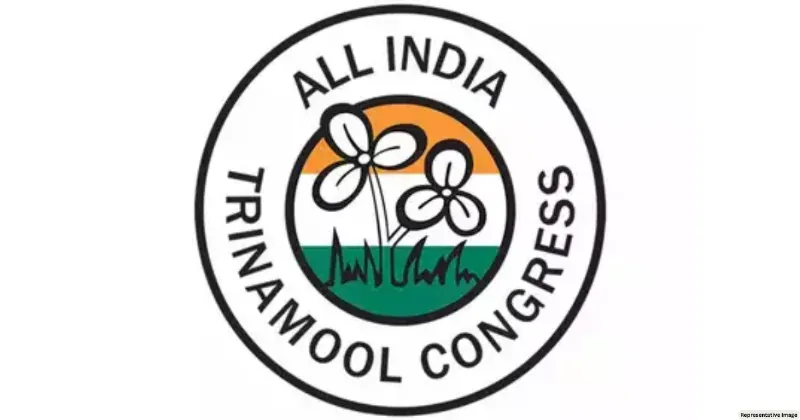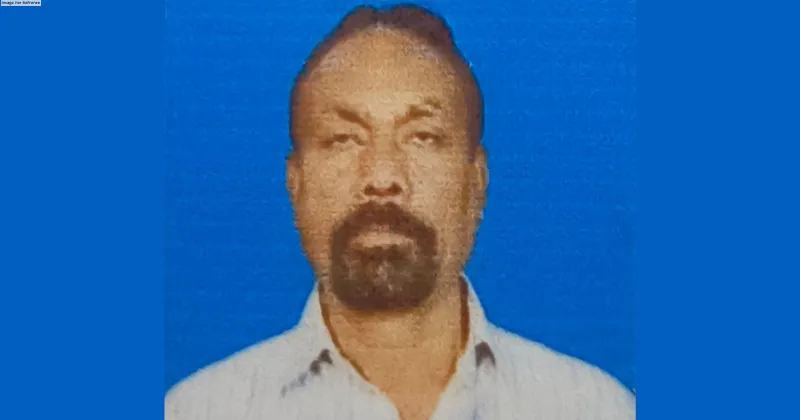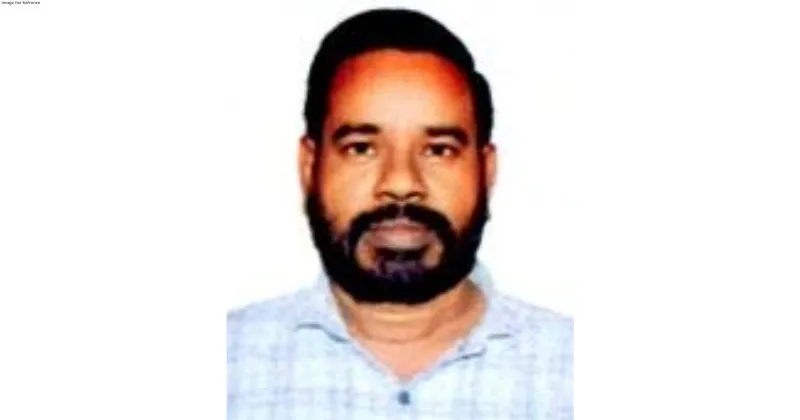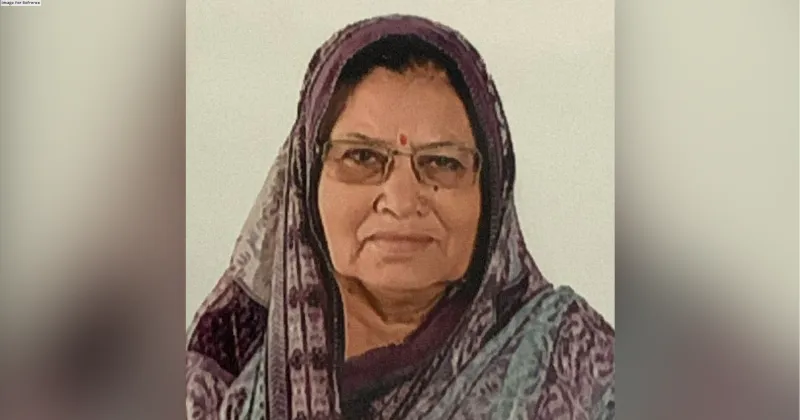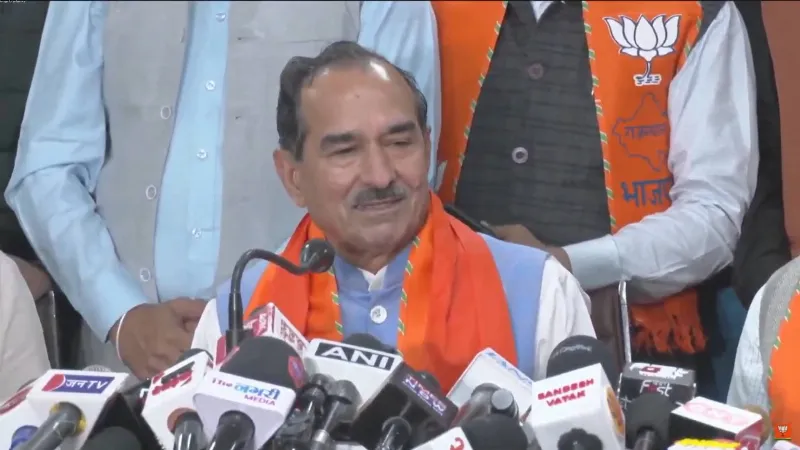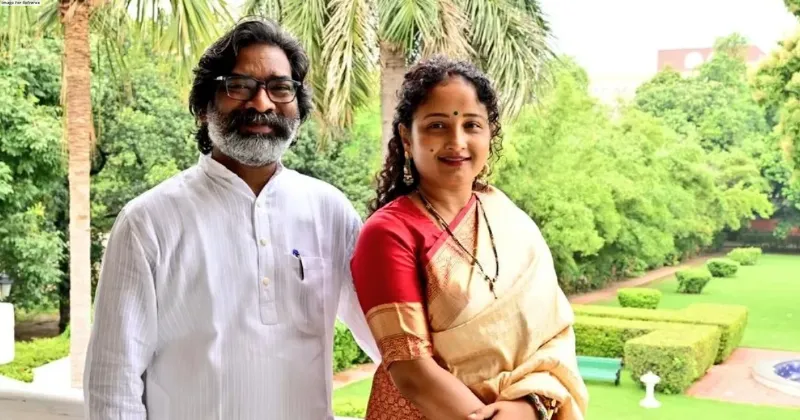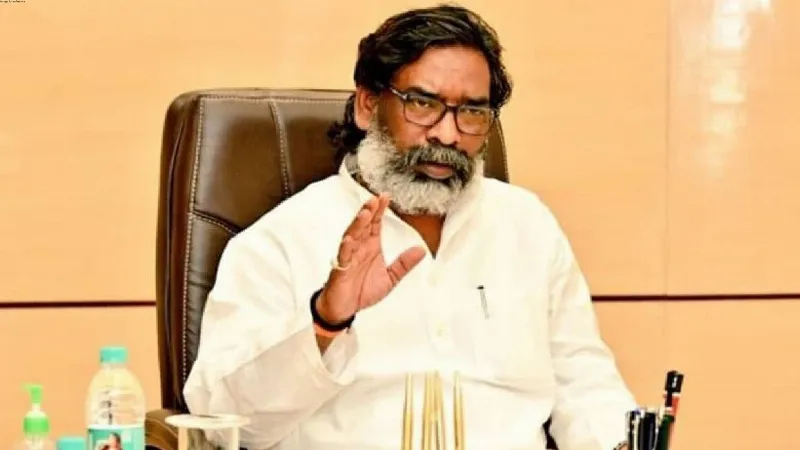Latest News
NaMo FINANCIAL GURU EXTRAORDINAIRE
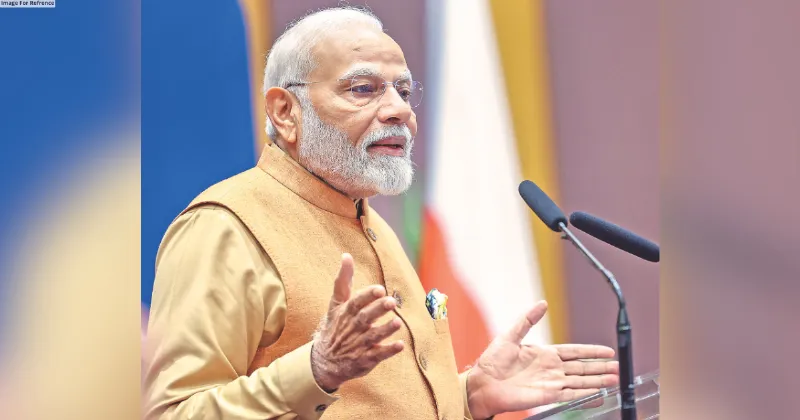
The narrators reflect on ten years of the Pradhan Mantri Jan Dhan Yojana, highlighting how PM Modi’s key recommendations helped transform it into one of the most successful financial inclusion schemes globally.
PM Modi was instrumental in making Jan Dhan Yojana a thumping success - Anurag Jain, Secretary, GoI
As India marks 10 years of the Pradhan Mantri Jan Dhan Yojana (PMJDY), credit must go to some key suggestions from PM Modi that transformed this initiative into one of the most successful financial inclusion schemes in the world. I was involved in the rollout of the scheme and thus privy to the discussions that went behind closed doors before its implementation and how the invaluable insight of the PM had its deep impact in its success at a time when hardly 35% of the country’s adult population had a bank account in his/her name.
1. The ‘Jhandhe Se Jhandhe Tak’ ambitious target: During discussions about the scheme’s rollout in early 2014, PM Modi asked officials for a target date to cover every household. Officials estimated it would take at least two years, suggesting March 2016 as the completion date. However, PM Modi was disenchanted and said 2 years is a long time. He rather set a much more ambitious goal, captured in the slogan ‘Jhande se Jhande tak’—ensuring all Indian families had a bank account between Independence Day 2014 and Republic Day 2015, a span of just 5 months. He said the PM of the country will be behind this mission and the target will be achieved. And surprisingly, this bold target was successfully met under the guidance and monitoring of the PM himself.
2. One crore accounts on day one and a Guinness Record: Scheduled for launch on August 28, 2014, PM Modi set the goal of opening 1 crore bank accounts on the very first day. This seemingly unattainable target was not only achieved but surpassed, with over 2.16 crore Jan Dhan accounts opened within the first 3 days of the launch of the scheme. This remarkable accomplishment set the stage for the scheme’s future success and was recognised by the Guinness World Records and Limca Book of Records as a unique and astounding achievement for the speed, efficiency and the sheer number of beneficiaries included at the start.
3. Crowdsourcing the scheme’s name: PM Modi has always advocated for Jan Bhagidari (public participation). This was evident in the naming of the Jan Dhan scheme. Recognising the importance of public involvement, he suggested crowdsourcing the name through the MyGov platform, inviting public suggestions. From thousands of entries, PM Modi chose the name ‘Pradhan Mantri Jan Dhan Yojana’, which resonates well with the motto of the scheme.
4. The big launch: To create a grand start, PM Modi recommended holding 75 major events across the country on the launch day, involving state chief ministers, governors, and central ministers to raise awareness about the scheme. This approach generated nationwide excitement, turning PMJDY into a national movement rather than just another government initiative and help greater inclusiveness with largescale participation of beneficiaries.
5. Simplifying the account opening process: One challenge during early stages was cumbersome multi-page bank account opening form which deterred the poor from joining similar government schemes. PM Modi questioned this complexity and suggested simplifying the form to just one page. This straightforward change made it much easier for people to open accounts. When banks ran out of forms due to the overwhelming response, even photocopies of the one-page form were used, demonstrating the power of simplicity and digital transformation in driving widespread adoption. The suggestions from PM were crucial to the seamless and massive rollout of the Pradhan Mantri Jan Dhan Yojana, which I was personally witness to. The scheme’s success is also a testament to PM Modi’s approach of thinking big and aiming high, which is visible in many of his important moves.
10 years on, Jan Dhan Yojana remains testament of Modi’s decisive leadership - BVR Subrahmanyam, CEO, NITI Aayog
"How long will it take to ensure that every household has a bank account through the Jan Dhan Yojana?” This was the question Prime Minister Modi posed to all the officials before the launch of the Jan Dhan Yojana in 2014. Officials of RBI estimated timeline of 4 years, while his own PMO men said it would take 2 years, and so on. He asked me personally, and I said what I honestly felt that if we put in our best efforts collectively, the target of rollout could be achieved in a year at best. However, PM Modi ensured the target was achieved in just 5 months. Announced on Independence Day in 2014, launched on August, 28, 2014, and the target was finally met before Republic Day in 2015, bringing nearly 12 crore individuals into the formal banking system in such a short span of practically 5 months. On the completion of a decade of the Jan Dhan Yojana, this instance stands as a testament to the power of decisive leadership and PM Modi’s pursuit for greater efficiency in governance. It was PM’s confidence and gumption that led to the stupendous feat what was seemingly impossible to be accomplished in such a short time. There was a centre’s financial inclusion scheme earlier too. But the progress was slow and tardy, fraught with red tape delays and logistic hiccups that defeated its purpose. It was PM Modi’s personal interest and involvement and his commitment towards the people that gave the scheme a new lease of life, boosted its scope and reach and directly benefitted a large section of the unserved populace who were outside the banking purview for decades.
PM Modi’s ingenuity made the G20 Summit memorable for world leaders - Harsh Vardhan Shringla, Former Foreign Secretary
On this day in 2023, India hosted the G20 Summit in New Delhi, marking a significant moment in India’s global leadership. Prime Minister Narendra Modi personally oversaw the preparations, offering key recommendations to the organising team to ensure the summit’s success. As former foreign secretary and chief coordinator for the G20, I recall one such suggestion from PM Modi which had a significant impact on the event. The summit was initially planned to include an elaborate banquet with a multi-course meal and a grand cultural program featuring over 400 artists pooled from the best from across India. However, after hearing the plan, PM Modi sharing his experience from past G20 summits, said, “See, I have attended eightnine G20 summits, apart from numerous such international events. After long travels and a busy day, leaders arrive at dinner tired and just want to relax and talk to each other. They prefer to unwind and connect casually, rather than be overwhelmed by extravagant arrangements. They are not left with that kind of energy to focus and pay attention to cultural extravaganza at the day’s end. Therefore, my suggestion is to arrange a simple dinner with minimal distractions. A straightforward dinner, maybe with some soft Indian music in the background, will help them interact and relax,” he said. This simple logic had not struck us before. Thereafter, the itinerary was adjusted to be simple and minimalist. The leaders indeed seemed exhausted and many of them came down after 8:30 pm. They just wanted to have their dinner in peace. The Japanese ambassador told me later that at previous G20 summits, leaders often left dinners midway due to exhaustion. However, in Delhi, the dinner went effortlessly, with all leaders staying refreshed until the final course. No one left the assembly in between. This was one reason the New Delhi summit was memorable for all the global leaders, and a large part of the credit for the same goes to the ingenuity of PM Modi. He had caught the pulse of the situation like no one else had and it paid off exactly the way to was envisaged. Anything less or more would have tilted the balance and spoiled the function in some way or the other.
COMPILED AND EDITED BY SHASHIKANT SHARMA


